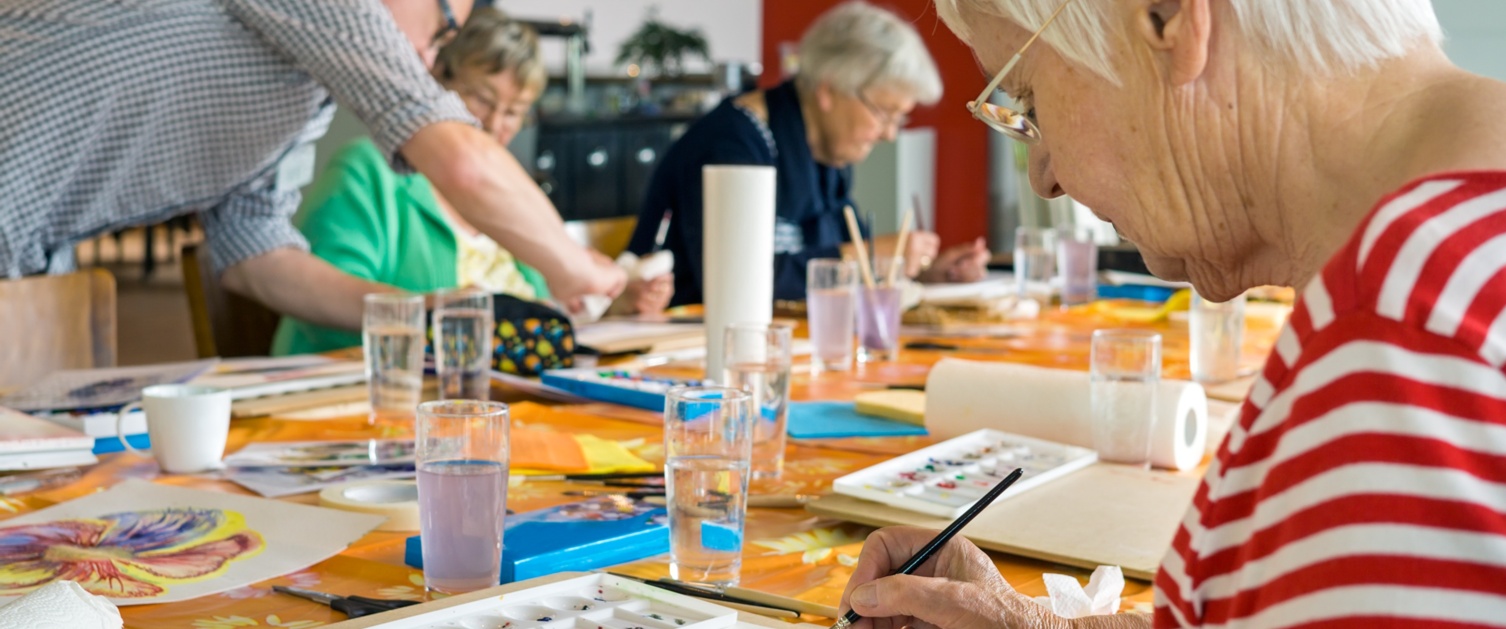Art Therapy

Art therapy is a form of psychotherapy that uses art media as its primary mode of expression and communication. Within this context, art is not used as diagnostic tool but as a medium to address emotional issues which may be confusing and distressing.
Art therapists work with children, young people, adults and the elderly. Clients may have a wide range of difficulties, disabilities or diagnoses. These include emotional, behavioural or mental health problems, learning or physical disabilities, life-limiting conditions, neurological conditions and physical illnesses.
Art therapy is provided in groups or individually, depending on clients' needs. It is not a recreational activity or an art lesson, although the sessions can be enjoyable. Clients do not need to have any previous experience or expertise in art.
Although influenced by psychoanalysis, art therapists have been inspired by theories such as attachment-based psychotherapy and have developed a broad range of client-centred approaches such as psycho-educational, mindfulness and mentalization-based treatments, compassion-focussed and cognitive analytic therapies, and socially engaged practice.
Introduction: What is art psychoterapy?
Art for wellbeing - perinatal mental health group
Art therapy with older adults
Virtual art therapy groups in oncology
An example of art psychotherapy
Art therapy for dementia
Art therapy in NHS adult mental health
Art psychotherapy tools in clinical supervision
Mentalization based art therapy
Art therapy: Improving services through partnerships